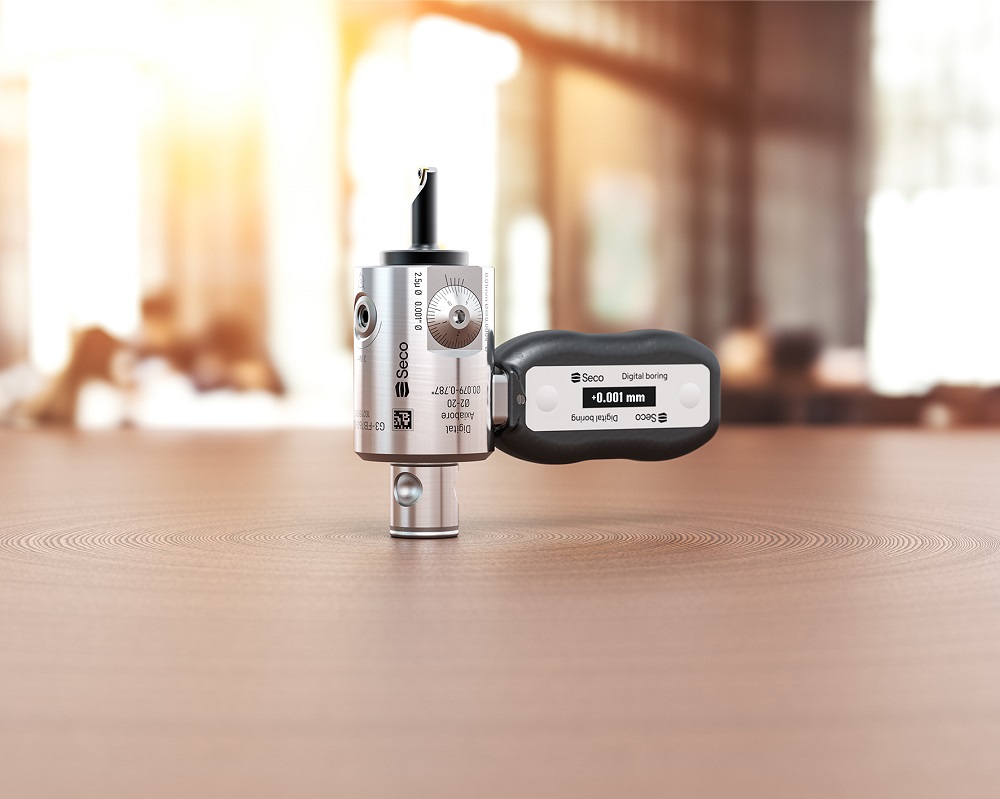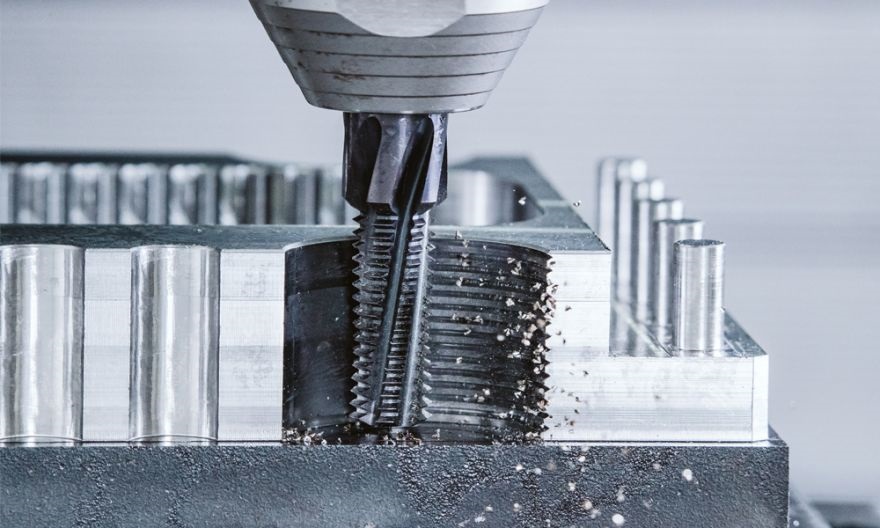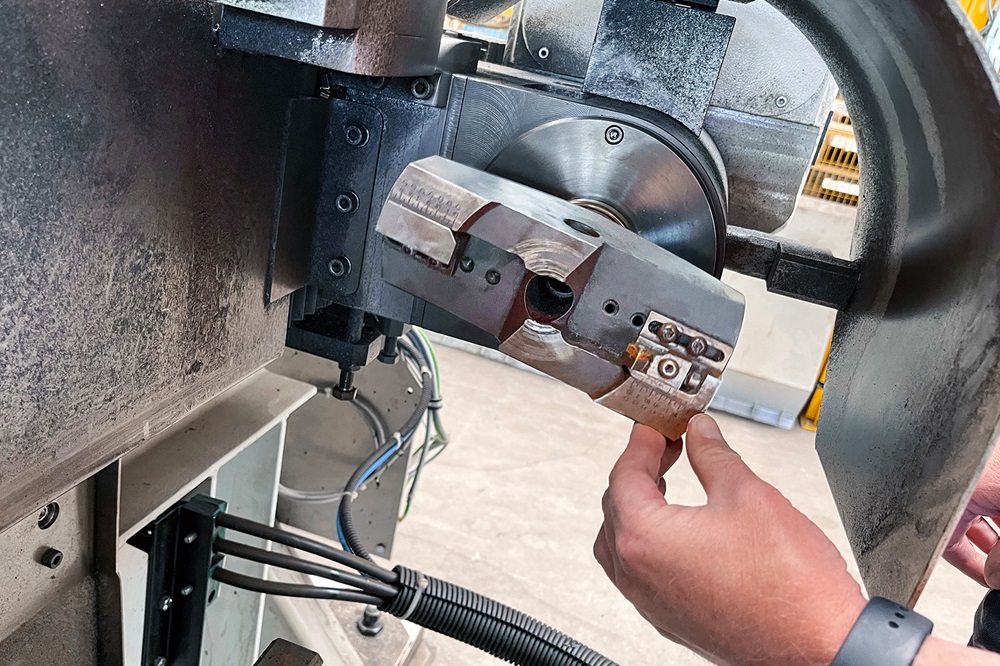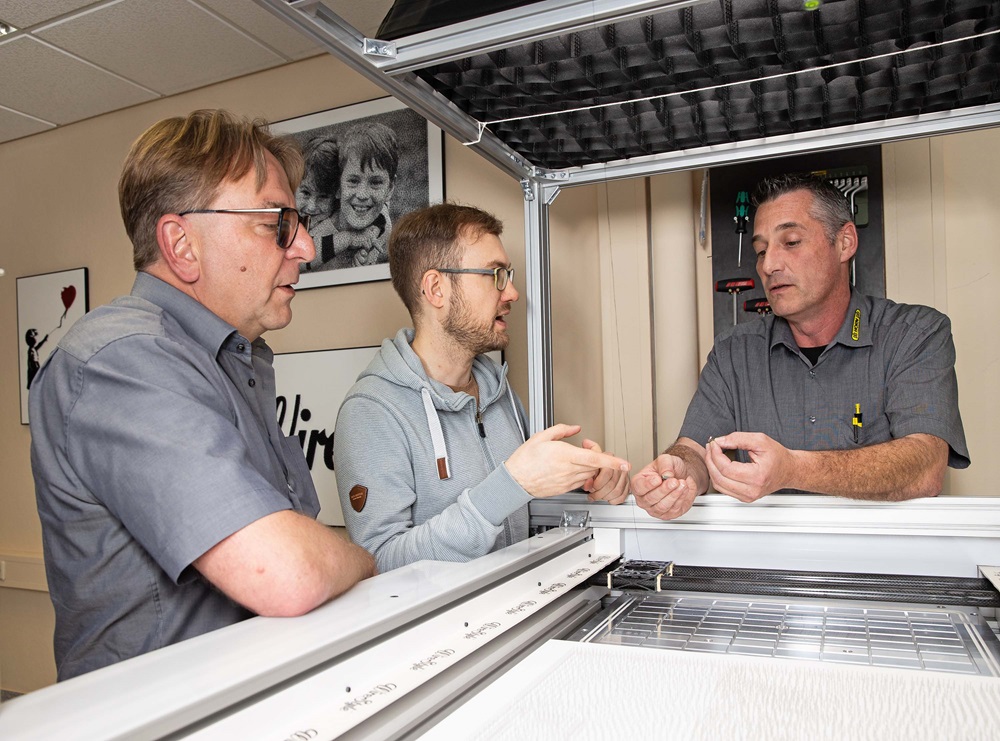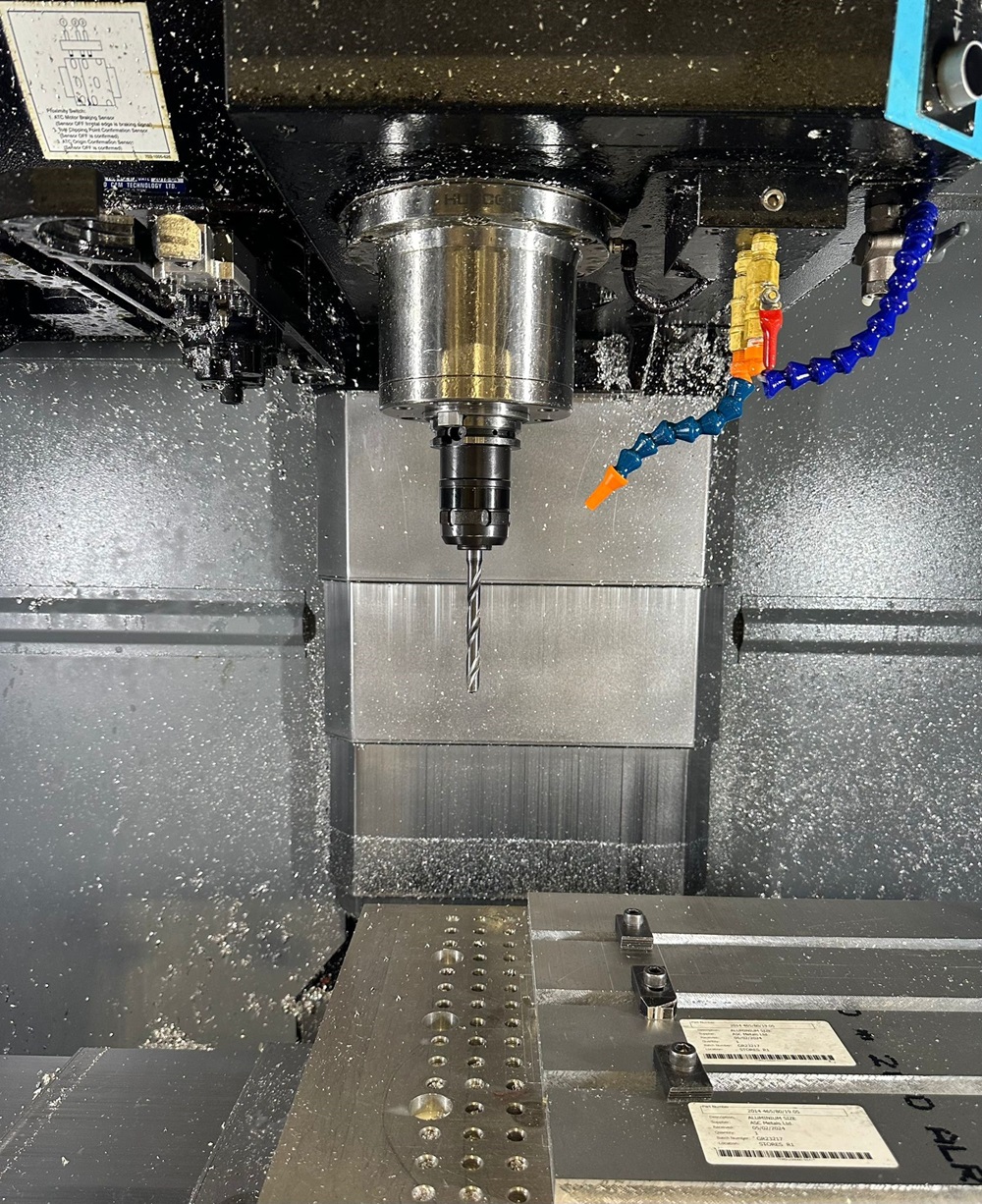Seco Axiabore and Axiabore Plus digital axial boring heads eliminate tedious, inaccurate
boring head adjustments that can lead to scrapped parts. A wide digital display helps for
quick, efficient adjustment and set-up.
“Boring heads typically require a skilled operator for accurate adjustment,” says Seco
product manager Kavita Dandge. “For shops struggling with skilled labour shortages, the
digital axial boring heads use a reversible digital display so operators of any level can make
adjustments without mistakes.”
Cutting-edge displacement is critical to boring accuracy. Seco Axiabore and Axiabore Plus
digital axial boring heads use a digital device to display precise displacement values during
tool set-up. This wide display works with all Seco digital axial boring heads.
Without a digital device, boring head set-up requires time-consuming adjustments of tiny
hard-to-read scales. Seco Axiabore and Axiabore Plus digital axial boring heads allow for
clear and concise adjustments to eliminate virtually all human error. With a wide, easy-to-
read display and convenient button controls, the Seco digital head also shortens set-up
times for greater efficiency and productivity.
For maximum versatility, the Seco digital adjustment device uses no batteries; charging is
via USB and attaches to the boring head with magnets for a tight seal. The elimination of
replaceable batteries prevents contamination during battery changes. Furthermore, the
battery-free design of Seco Axiabore and Axiabore Plus digital axial boring heads remains
sealed to keep dust and coolant out, while the digital display’s single charge lasts for 200
measurements.
Seco offers the Axiabore and Axiabore Plus digital axial boring heads in five sizes, starting
from 2 mm diameter. The heads handle OD turning diameters from 2 to 57 mm and
grooving diameters from 19 to 96 mm.
For further information www.secotools.com






